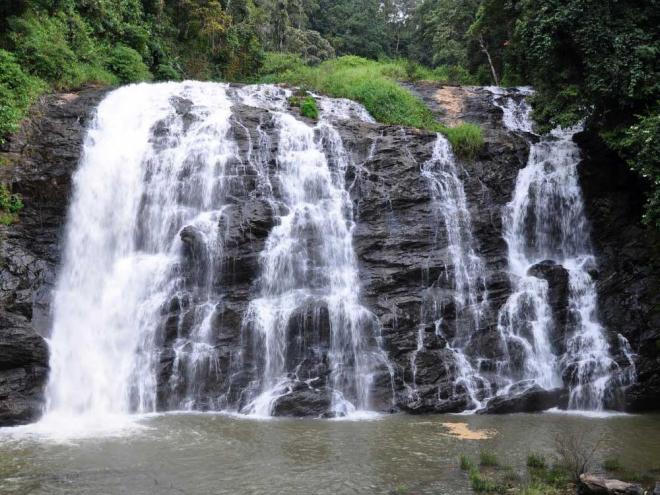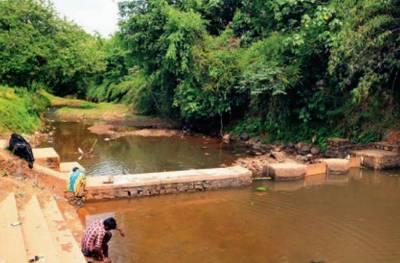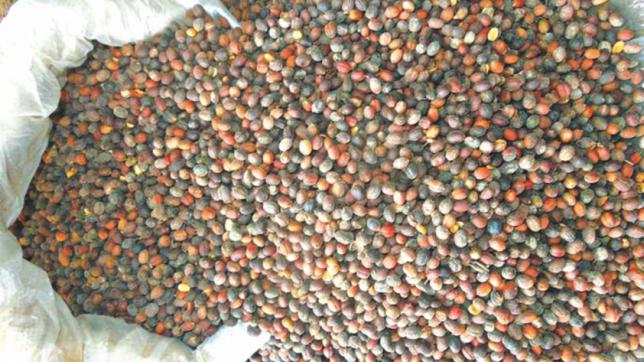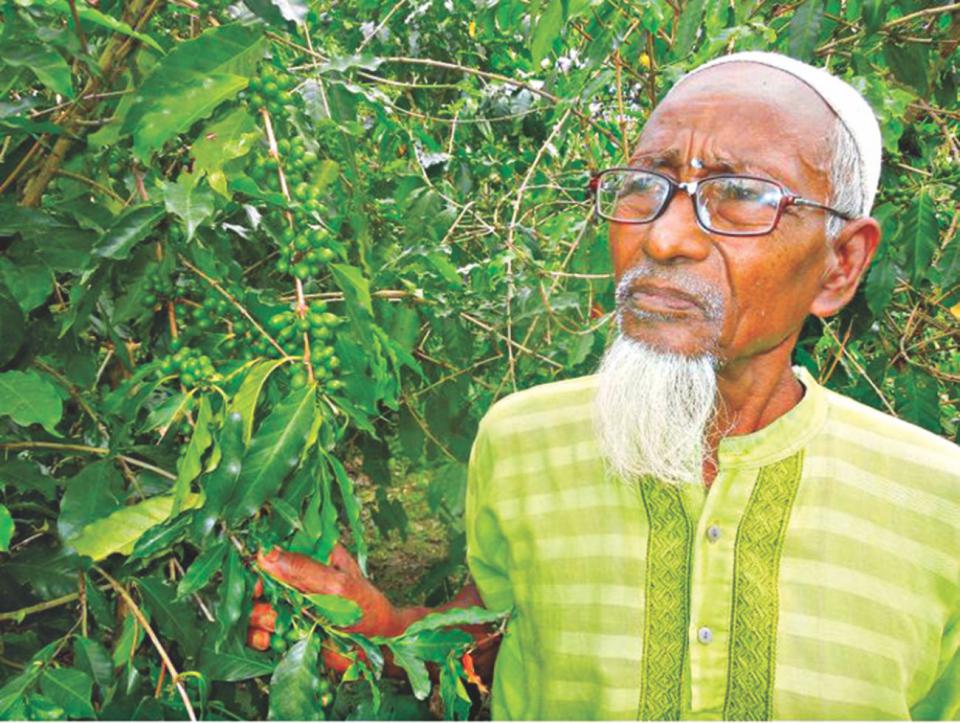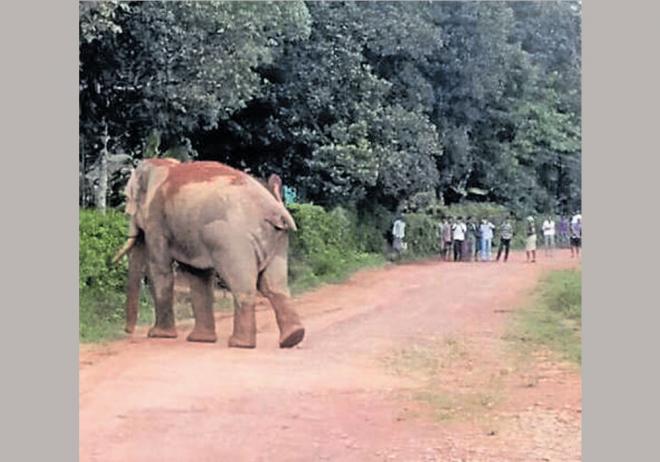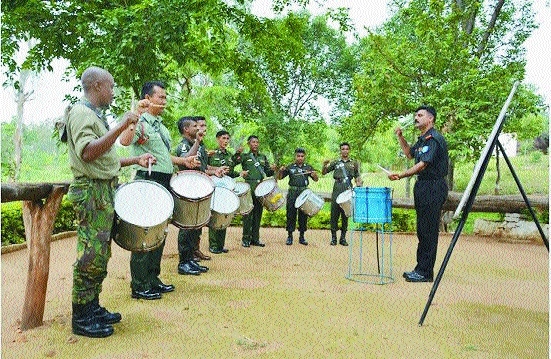Among people of various ethnicities and cultures, higher coffee consumption — whether caffeinated or decaffeinated — was associated with all-cause and cause-specific mortality benefits, according to two new studies published in Annals of Internal Medicine.
“Coffee is one of the most widely consumed beverages in the world and in the U.S. population,” Song-Yi Park, PhD, from the University of Hawai’i Cancer Center, and colleagues wrote. “Therefore, even a small health-promoting effect of coffee could have a substantial impact on public health.”
Researchers for both studies noted that although recent studies have found that higher coffee consumption was associated with lower risk for all-cause death, the relationship between consumption and mortality in nonwhites and diverse European populations is unknown.
The first study, focusing on nonwhite populations in the United States, included 185,855 blacks (17%), Native Hawaiians (7%), Japanese Americans (29%), Latinos (22%) and whites (25%) who were aged between 45 and 75 years at the time of recruitment from 1993 to 1996. Park and colleagues evaluated coffee consumption via a validated food-frequency questionnaire, which was updated approximately every 5 years. A total of 16% of participants reported not drinking coffee, 31% drank one cup a day, 25% drank two to three cups a day, 7% drank four or more cups a day and 21% had irregular coffee drinking habits. Participants were followed until 2012.
During an average follow-up of 16.2 years, 58,397 deaths occurred. After adjusting for smoking and other potential confounders, the researchers identified an association between coffee intake and lower total mortality among those who drank one cup per day (HR = 0.88; 95% CI, 0.85-0.91); two to three cups per day (HR = 0.82; 95% CI, 0.79-0.86); or four or more cups per day (HR = 0.82; 95% CI, 0.78-0.87]). Participants who drank one cup of coffee per day and two to three cups of coffee per day had a 12% and 18%, reduced risk of death, respectively. Both caffeinated and decaffeinated coffee produced similar trends, according to the researchers.
The inverse association between coffee consumption and mortality was significant for all ethnic groups studied except Native Hawaiians. Furthermore, never-smokers, participants younger than 55 years and those without chronic disease also demonstrated an inverse relationship. Intake of coffee consumption lowered the risk for death due to heart disease, cancer, chronic lower respiratory disease, stroke, diabetes and kidney disease.
“Our findings support the recent dietary guidelines from the U.S. Department of Agriculture, which indicate that moderate coffee consumption can be integrated into a healthy diet and lifestyle, by confirming an inverse association with mortality and suggesting that association’s generalizability to different racial/ethnic groups,” Park and colleagues concluded.
These results can be applied to other ethnic groups without safety concerns because the association was observed in four different ethnicities, Veronica W. Setiawan, PhD, lead author from the Keck School of Medicine of the University of Southern California, said in a press release.
“This study is the largest of its kind and includes minorities who have very different lifestyles,” Setiawan said. “Seeing a similar pattern across different populations gives stronger biological backing to the argument that coffee is good for you whether you are white, African-American, Latino or Asian.”
“Coffee contains a lot of antioxidants and phenolic compounds that play an important role in cancer prevention,” she continued. “Although this study does not show causation or point to what chemicals in coffee may have this ‘elixir effect,’ it is clear that coffee can be incorporated into a healthy diet and lifestyle.”
“We cannot say drinking coffee will prolong your life, but we see an association,” she added. “If you like to drink coffee, drink up! If you’re not a coffee drinker, then you need to consider if you should start.”
The second study, led by Marc J. Gunter, PhD, from the International Agency for Research on Cancer in Lyon, France, focused on coffee intake and mortality risk in European populations, and included 521,330 participants mainly aged 35 years or older from Denmark, France, Germany, Greece, Italy, the Netherlands, Norway, Spain, Sweden and the United Kingdom. Gunter and colleagues recruited these participants between 1992 and 2000.
According to the data, 41,693 participants died during a mean follow-up of 16.4 years. The researchers observed a statistically significant lower all-cause mortality for participants in the highest quartile of coffee intake compared with those who did not drink coffee, among men (HR = 0.88; 95% CI, 0.82-0.95) and women (HR = 0.93; 95% CI, 0.87-0.98). In addition, death due to digestive disease was lower in relation to coffee consumption for both men (HR = 0.41; 95% CI, 0.32-0.54) and women (HR = 0.6; 95% CI, 0.46-0.78). The researchers found a statistically significant inverse relationship between coffee intake and with circulatory disease mortality (HR = 0.78; 95% CI, 0.68-0.9) and cerebrovascular disease mortality (HR = 0.7; 95% CI, 0.55-0.9) among women, as well as a positive association with ovarian cancer mortality (HR = 1.31; 95% CI, 1.07-1.61).
Gunter and colleagues also evaluated whether coffee consumption was associated with serum biomarkers of liver function, inflammation and metabolic health in a subcohort of 14,800 participants. They found that higher intake of coffee was linked to lower serum alkaline phosphatase, alanine aminotransferase, aspartate aminotransferase, gamma-glutamyltransferase, as well as C-reactive protein, lipoprotein(a) and glycated hemoglobin levels in women.
“We found that higher coffee consumption was associated with a lower risk of death from any cause, and specifically for circulatory diseases, and digestive diseases,” Gunter said in a press release. “Importantly, these results were similar across all of the 10 European countries, with variable coffee drinking habits and customs. Our study also offers important insights into the possible mechanisms for the beneficial health effects of coffee.”
“Due to the limitations of observational research, we are not at the stage of recommending people to drink more or less coffee,” he added. “That said, our results suggest that moderate coffee drinking — up to around three cups per day — is not detrimental to your health, and that incorporating coffee into your diet could have health benefits.”
The researchers emphasized that more studies are necessary to determine which compound in coffee may be responsible for benefiting health and to explore the effect of coffee consumption on health outcomes.
“These findings add to a growing body of evidence which indicates that drinking coffee not only is safe, but it may actually have a protective health effect for people,” Elio Riboli, MD, ScM, coauthor of the study from the School of Public Health at Imperial College London, said in the release. “While further research is needed, we can be confident that the results from a large European study confirm previous findings seen around the world.”
In an accompanying editorial, Eliseo Guallar, MD, DrPH, from Johns Hopkins University Bloomberg School of Public Health, and colleagues note that the relationship between coffee consumption and mortality “was modest and sensitive to confounding.”
“Recommending coffee intake to reduce mortality or prevent chronic disease would be premature,” they wrote. “However, it is increasingly evident that moderate coffee intake up to three to five cups per day or caffeine intake up to 400 mg/d is not associated with adverse health effects in adults and can be incorporated into a healthy diet.” – by Alaina Tedesco
References:
Guallar E, et al. Ann Intern Med. 2017;doi:10.7326/M17-1503.
Gunter MJ, et al. Ann Intern Med. 2017;doi:10.7326/M16-2945.
Park SY, et al. Ann Intern Med. 2017;doi:10.7326/M16-2472.
Disclosure: Park and colleagues report funding from the National Cancer Institute. Gunter and colleagues report funding from the European Commission Directorate-General for Health and Consumers and the International Agency for Research on Cancer. Guallar and colleague report no relevant financial disclosures.
source: http://www.healio.com / Healio / Home> Internal Medicine> Nutritional Fitness> In the Journals / July 10th, 2017
